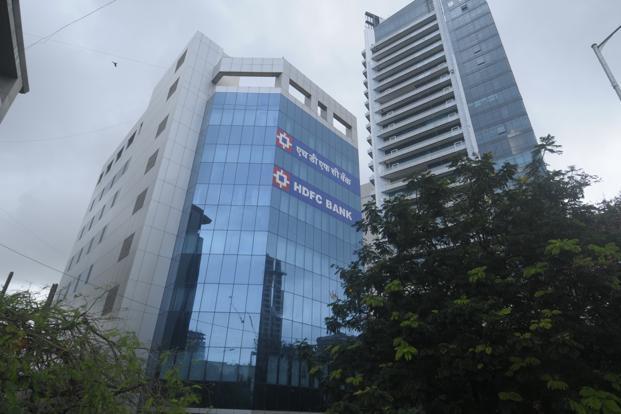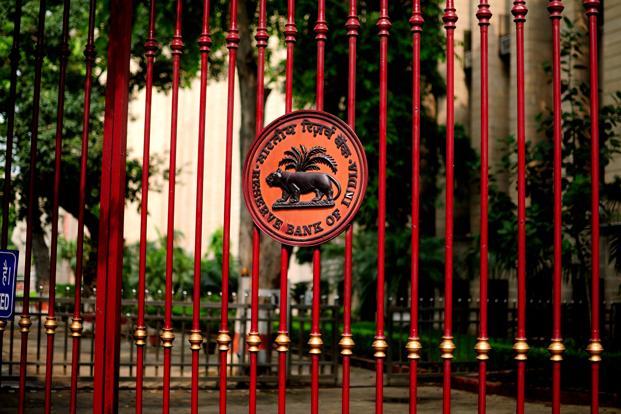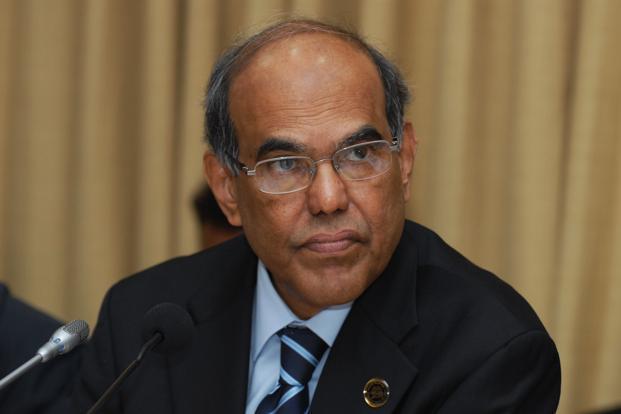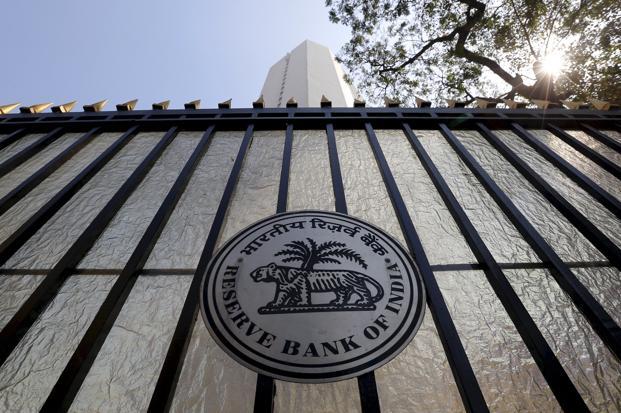A slowing economy is the best backdrop to distinguish between efficient and not-so-efficient banks. When the economy is booming and there’s plenty of liquidity in the system, banks make money with both hands. The rush of money drives down bond yields, leading to hefty treasury gains for banks. In good times, corporations do not default in servicing loans, so the quality of banks’ loan assets remain healthy and interest income rises. But when growth slows down, the scene changes dramatically. Absence of plenty of liquidity pushes up the bond yields, eroding the value of bonds and banks suffer from depreciation losses. On top of that, borrowers’ ability to service loans gets hurt and banks pile up bad assets. As they need to set aside money to provide for such assets, their profitability is affected.
This is what happened in the first two quarters of the current fiscal and the trend may continue for sometime. The growth in India’s gross domestic product fell to a nine-year low of 5.3% in the March quarter and rose marginally to 5.5% in the June quarter and the story is unlikely to be very different in the next few quarters. But, operating in the same economic environment, one set of banks is showing healthy growth while another set is faltering.
Let’s take a close look at some of the financial parameters. The collective operating profit of 14 banks that constitute the Bankex, BSE’s banking index, in the September quarter rose 9.23% year-on-year but fell 1.27 % over the June quarter. While most private banks, led by HDFC Bank Ltd, ICICI Bank Ltd, Axis Bank Ltd , IndusInd Bank Ltd, Kotak Mahindra Bank Ltd and Yes Bank Ltd have shown hefty rise in operating profits both year-on-year and over the June quarter, Canara Bank Ltd’s operating profit in the September quarter was lower than both the June quarter as well as the year-ago period and State Bank of India’s (SBI) operating profit was higher than what it had recorded in September last year but lower than the June quarter. Ditto about Punjab National Bank. Union Bankof India’s operating profit was flat. SBI recorded higher net profit by setting aside less money for bad assets but Canara and Punjab National posted sharp drop in net profits.
In absolute terms, the gross non-performing assets (NPAs) of this set of banks have grown at least 45% year-on-year and 10.4% over the June quarter. The growth in net NPAs, after provisions, is even higher. They grew 50% year-on-year and 16% over June. SBI’s gross NPAs are now 5.15% of its advances and Punjab National’s 4.66%. Among private banks, ICICI Bank’s gross NPAs are 3.54% of its loan book but they remained unchanged compared with the June quarter and lower than the year-ago quarter. The state-run banks also seem to be not making adequate provisions to bring down the level of net NPAs. Which is why, except for Bank of Baroda, all other state-run banks that are part of the Bankex have more than 2% net NPAs (SBI tops the list with 2.44%) while the maximum net NPAs among private banks are that of ICICI Bank—0.78%.
What is also worrying is that quite a few state-run banks shrank their advance portfolio in the September quarter. Bank of India, Canara and SBI fall in this category while Punjab National’s loan book remained flat. The net interest margin, or the difference between the cost of funds and the earnings on deployment of such funds, has been uniformly coming down for most state-run banks.
The scene is not very different if one looks at the performance of banks that are not part of the Bankex. Here too, state-run banks are the laggards. Central Bank of India has the distinction of piling up the maximum bad assets as a percentage of loans among all India banks. Its gross NPAs are 5.54% of loans and net NPAs 3.8%. Uco Bank, United Bank of India, Allahabad Bank, Andhra Bank and Vijaya Bank have been showing a steady rise in their gross NPAs. And many of them have not been able to expand their loan books, possibly for fear of rising bad assets.
Finally, the state-run banks have been more aggressive in restructuring loans than their counterparts in the private sector.
Both sets of banks are operating in the same economic environment and regulatory set-up, but why are the private banks better performers than the state-run banks? After all, all banks need to invest at least 23% of their deposits in government bonds, keep 4.25% of their deposits with the Reserve Bank of India on which they do not earn any interest, and 40% of their loans must flow to agriculture and small-scale industries.
There is no straight answer and there could be many contributing factors. For instance, the state-run banks are more susceptible to pressures from the government and bureaucracy when it comes to sanction of loans as well as restructuring of advances where borrowers are not in a position to service loans.
The quality of credit appraisal and monitoring is possibly inferior at least in some of the state-run banks as only passion cannot always drive professionals. They need to be paid handsomely but bound by an industry-wide wage settlement, the state-run banks cannot offer them market-related salary. Finally, the tenure of the chief executive officer is also a key to a bank’s performance. HDFC Bank’s Aditya Puri has been in the saddle for 18 years since its inception. K.V. Kamath ran ICICI Bank for over a decade before handing over the mantle to Chanda Kochhar. Shorter tenure encourages state-run bank chiefs to look for short-term balance sheet management. Not too many of them can afford to have a long-term vision for the bank.



